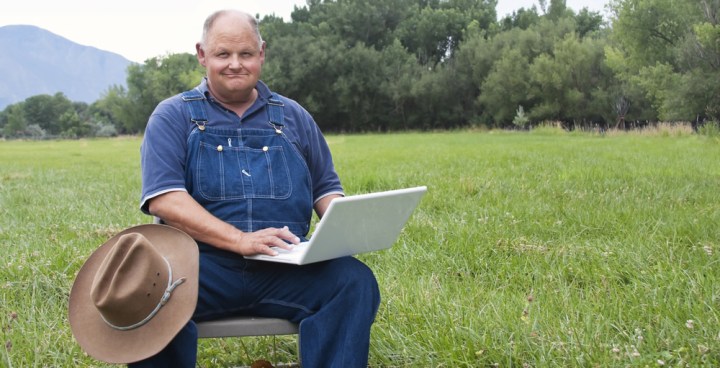
What was “high-speed” Internet at the turn of the century is painfully slow in 2016, but government definitions aren’t uniformly keeping up with the market. The result: What is and isn’t considered “broadband” varies largely between different government agencies.
Or sometimes, the definition can vary inside the same agency, as Ars Technica is reporting. The Rural Utilities Service, a division of the Department of Agriculture (USDA), has not one but two programs for subsidizing broadband investments, which as of this month both consider different speeds to be “broadband”.
- The Broadband Loan Program, which earlier this month set its definition of broadband at 10mbps down, 1mbps up.
- The Community Connect Program, which earlier this month set its definition of broadband at 4Mbps down, 1Mbps up.
As a result, if a community currently has access to speeds of 6Mbps, entities there can apply for loans to build out better infrastructure, but are ineligible for grants. That’s not okay, argue King and Capito.
“Federal policymakers must ensure that taxpayer-supported infrastructure is sufficiently robust to handle demand,” the two senators wrote in a joint letter. “It is not only a matter of fairness that rural Americans can fully utilize broadband-enabled resources, but also a matter of ensuring that taxpayers are receiving the full economic development return on their investments.”
No bills need to be passed for this change to be made: the USDA has congressional authority to increase the speed right now (if not necessarily the budget). The Federal Communications Commission (FCC) recently defined “broadband” as 25Mbps down and 3Mbps up, and even 10Mbps is far from that threshold.
The U.S. has some of the lowest broadband speeds in the industrialized world, and rural areas are a part of that. In many areas, satellite or even dial-up internet are still the best options, which leaves many rural Americans without access to large swaths of the modern economy.


